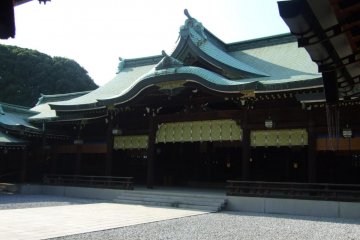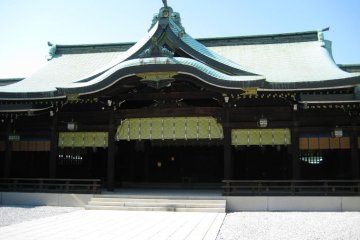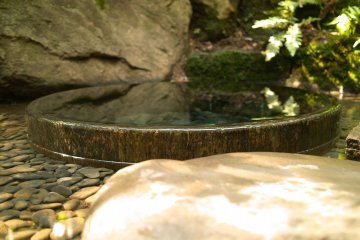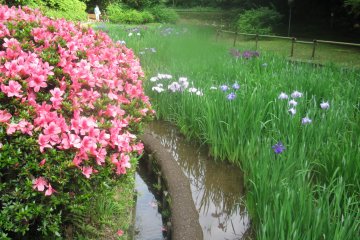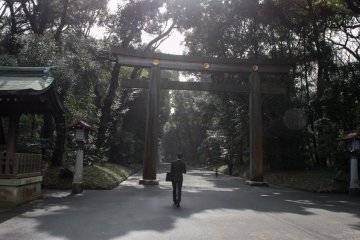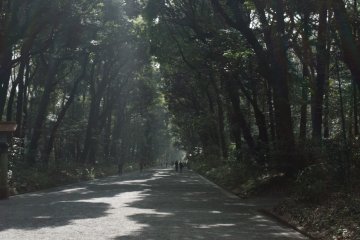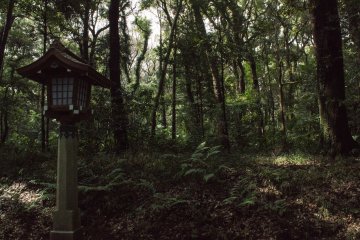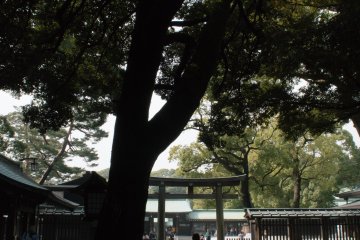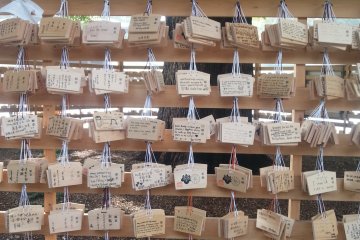Walking through the Meiji Jingu shrine you can really feel the quiet and peaceful stillness of the forestry surrounding the pathways. The soft light filters through the canopies of trees and only the sound of rustling leaves and soft wind fill your ears. The distant sounds of other visitors are only an afterthought while basking in the beauty of nature that is enriched by cultural history. It is moments like these that really bring out feelings that the Japanese and Shinto describe well: Magokoro and Kami. Magokoro means sincerity and true heart, and Kami which can mean a variety of things within Shinto religion such as, spirits, belief, and even the force of nature.
Meiji Jingu is a very well known shrine within the heart of Shibuya, Tokyo. This shrine was completed and established in November 1st, 1920 to honor Emperor Meiji and Empress Shoken. Both the shrine and the beliefs of the Shinto religion encapsulate traditional Japanese folkloric beliefs, histories, and virtues. Magokoro and Kami are just two such virtues that the shrine weaves within the fabric of Japanese culture and their views on nature and spirituality.
In fact, Magokoro and Kami perfectly sum up the cultivation and growth of the peaceful forest that was made specifically for Emperor Meiji's and Empress Shoken's souls to live and dwell in. Walking past this forest, it is almost hard to believe that it is man-made, with each tree--of which there are about 10,000 donated trees--hand-planted with great care by volunteers. This really shows the true heart and beliefs of the people.
Along with viewing the beautiful surrounding forestation, there are many other things to see and enjoy. You can walk through the Imperial Gardens and view beautiful irises in June, or visit the treasure museum, memorial hall, and pay your respects to the dieties through offerings and prayers. You can even make wishes or prayers for your future with Ema, which are wooden tablets with written hopes hung around the Camphor tree or Kiganbun which are letters to the dieties. All throughout the year there are also events and ceremonies to attend.
While there are many things to do and see, the constant that always ties everything together is true heart and nature. The fact that this sprawling landscape coexists within such a large and energetic city like Tokyo is truly a testament to Japanese beliefs.



